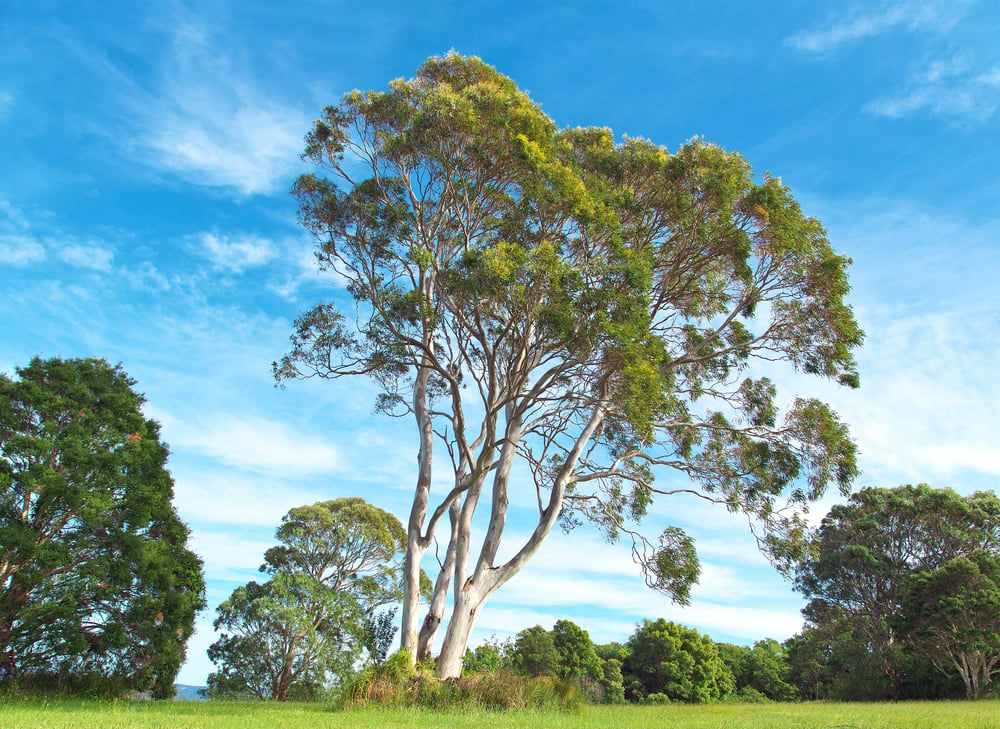There’s an old idiom I still hear every now and then that pops up in relation to eucalyptus trees - ‘widow makers’.
An old colloquialism not exclusively applied to eucalypts, it is used to describe anything that could quickly kill a man, leaving a widow behind.
Because most forestry workers in those days were males, the falling branches were dubbed widow makers.
While they got - and continue to get - a bad rap, it’s not just eucalyptus trees that can become dangerous.
What makes eucalypts different from other trees is their abundance.
“Let’s remember, these were native forests they were harvesting so most of the trees were eucalypts.”
“Yes, there were other trees out there, like the casuarina, but the eucalypts were also the species the harvesters wanted because they’re the best-quality tree.”



TD;LR… No
Speaking as a risk arborist, widow makers in the UK are Oaks. Widow makers in the US are Pines. Euc’s are widow makers in Australia because they are by far the most dominant genus, and therefore the most likely to be causing injury or death just because there are more of them than want other genus.
The article is talking about the origin of the word, which has maligned Eucalypts unfairly for a long time.
Sudden limb failure may be a phenomenon but it’s not as common (or as dangerous) as the term “widowmaker” and the general understanding of the public seem to think. Sure, it does happen and plenty of people have been harmed or killed but as a well-managed risk, it’s low compared to other things.
The article isn’t so much about risk as it is tall tales.
Source: Aussie council arborist.
I’ve only heard the term in the context of camping. It’s considered a bad idea to pitch a tent under the shade of one of these. And frankly, despite their reputation being a bit overblown, I’m still not going to fall for the temptation of pitching a tent under one of these trees.
And depending on the time of year and with a good VTA (visual tree assessment) based on years of experience, I would pitch a tent with relative confidence. It was our job to write reports with some confidence when people’s lives were on the line.
A majority of the issues are the lack of reporting, management, and good visual or aerial assessment.
Don’t coconuts kill a bunch of people?
Edit: also have you got any good risky tree stories?